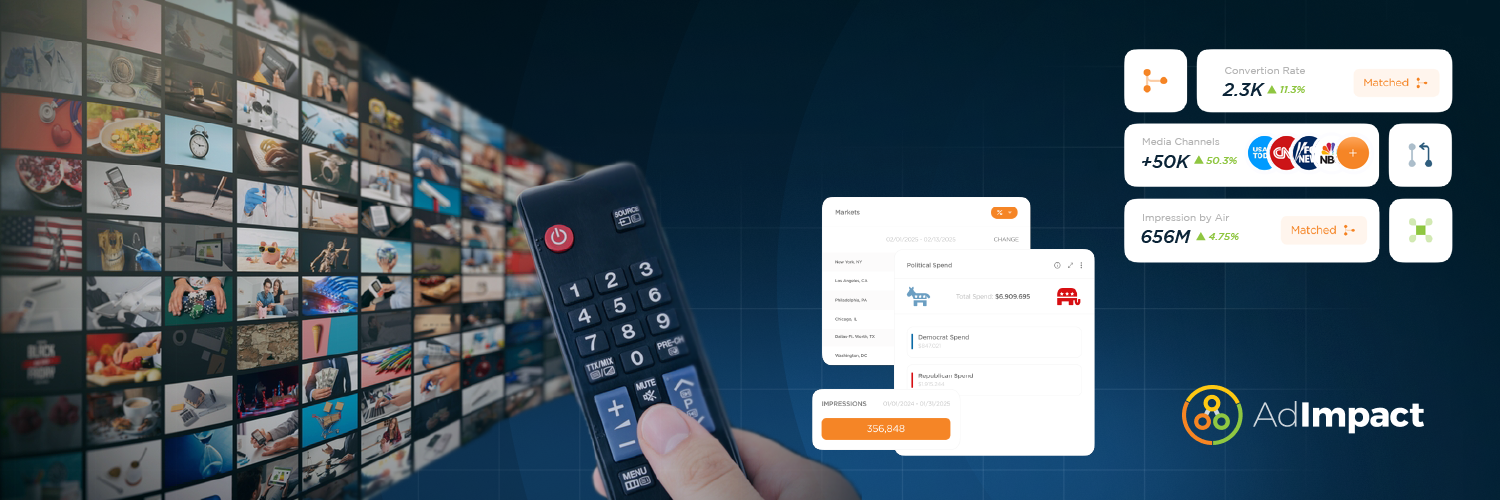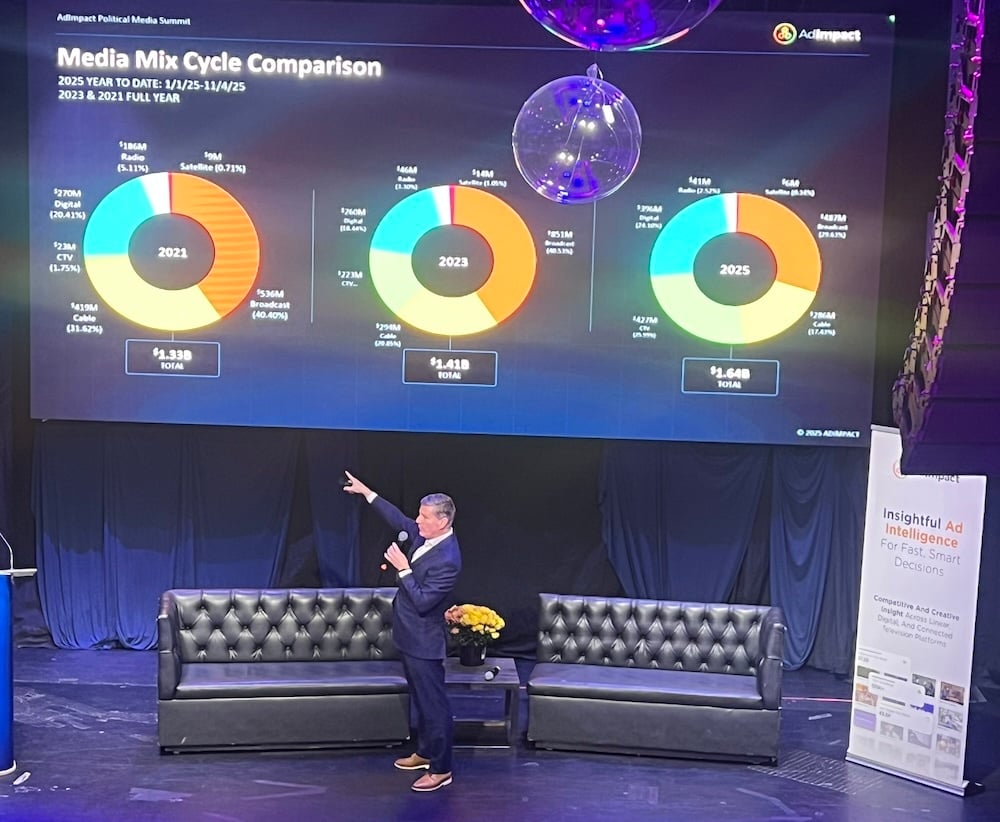The Masters. We all know what it is, it’s that weekend in the spring where dad was always glued to the TV for four days watching a Tiger hit a ball with sticks while commentators whispered about the Tiger hitting that ball with those sticks. In case it wasn’t clear, I’m not a golfer; it’s a long, hot game where even in a golf cart, it takes hours to complete a course and most of that time isn’t even spent hitting the ball. That being said, what I wouldn’t give to attend The Masters. Augusta is the stuff of legend and the perfectly curated lawns are just the start. The food, the crowds, the course, the golf; everything is perfect in Augusta, or at least it seems that way and that’s very much by design.
Masters Advertising
Apparently, The Masters is the weirdest game in all of television, maybe in all of sports. Just so everyone can relate to how weird it is, the signature pimento cheese sandwich that the course is known for costs $1.50, and a domestic beer is just $4. But in broadcast terms, the strangest thing is there’s no advertising boon associated with most big sporting events. For being one of the biggest sporting events of the year, among what is allegedly one of the most affluent fan bases, there’s relatively little profit associated with the event. Each year, the tournament has three sponsors, this year they were again AT&T, IBM, and Mercedes-Benz, and only those three sponsors air ads during the event. What’s more crazy is there are only four minutes of advertising per hour, compared to the usual 16 (hence your 22-minute show on Netflix). And that in 2003 and 2004, there weren’t any ads at all. Honestly, the more I learn about The Masters, the more I fall in love with it. However, I’d be fired if I spent this whole article talking about the charm of The Masters. So, while it would be meaningless to talk about who aired the most ads or how much they cost (nobody really knows for sure, it’s billed through Augusta, not CBS or ESPN) we will talk in this article about the messaging and creatives of AT&T, IBM, and Mercedes-Benz.
AT&T
AT&T creatives during The Masters were all focused on connection. In a world severely lacking in human connection the AT&T campaign featured different instances where people were brought together by the internet. The ads featured a CGI “&” symbol throughout the whole ad which then allowed AT&T to show text like "Connect & Play" or something else heartwarming or helpful connected to the ad. The ads nail the emotional element ranging from touching, to funny, to heartwarming, but are very connection-focused and highlight the ways that the internet can bring us together in a post-pandemic world.
https://s3.amazonaws.com/pdfweb/videos/19e944f1-6241-41b0-a768-92f253c255fb.mp4
IBM
IBM is touting their new hybrid cloud to “The Most Valuable Audience in Sports.” Unlike the other two sponsors, IBM ads are less consumer-oriented and more business-oriented. They’re also the only sponsor to feature golf in one of their ads, specifically showcasing The Masters app that’s powered by IBM’s hybrid cloud. The ads are fast-paced and one even features a movie set with explosions and stunts. The idea seems to be to show that their new hybrid cloud is fast and powerful.
https://s3.amazonaws.com/pdfweb/videos/0ea609c0-d693-4ed8-ac03-89dc9acc9626.mp4
Mercedes-Benz
Mercedes-Benz commercials were pretty typical car ads – for 2021. While a couple of the ads were fairly generic, showcasing either the safety features or the “powerful” lineup, the others were very electric-focused. One ad barely even features any cars at all, rather it shows images of wind blowing before a final scene where a windmill morphs into the Mercedes-Benz logo and they promise to power all of their factories with renewable sources by 2022. This is on par with what we’ve seen from most car companies this year; as consumers are demanding more electric vehicles, companies are focusing on them in their advertisements.
https://s3.amazonaws.com/pdfweb/videos/5e1bc563-1d6a-4fcd-b8ab-22ff881dc601.mp4
The one thing that’s notable about all the ads in The Masters is the quality. These are not low-budget productions. Just like every other part of The Masters, they are planned and curated and tailored to the audience (and the audience's expectations). But unlike the rest of The Masters, the sponsors are probably the only ones not leaving money on the table, they get exclusive rights to an audience for an entire weekend for what, by all accounts, is a steal of a deal.









